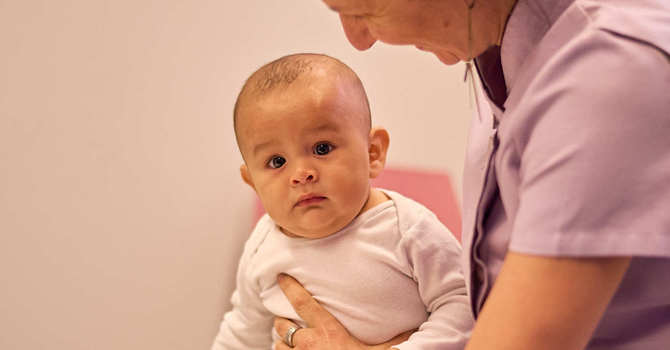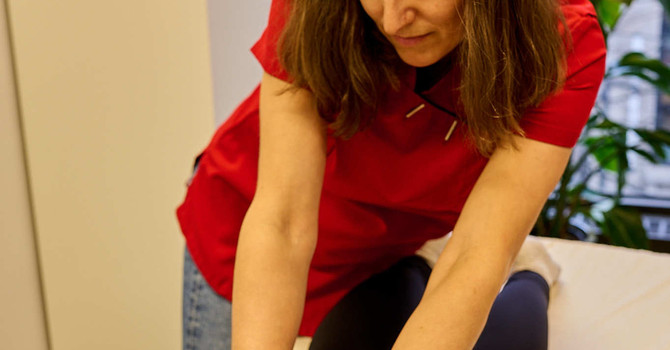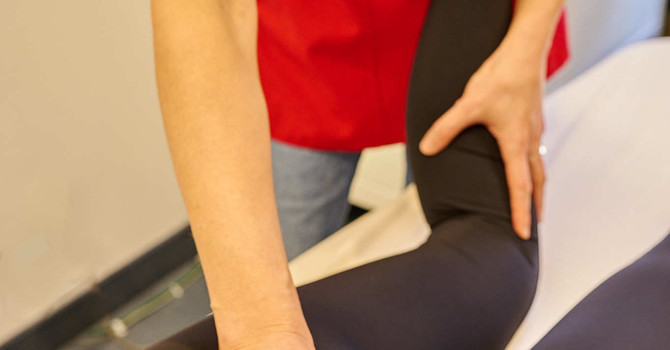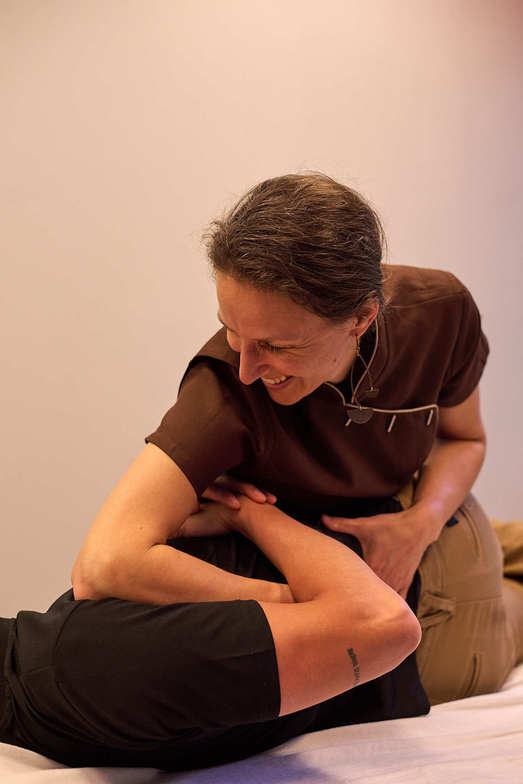
I’ve seen 3 osteopaths and 4 RMTs — none of them were able to figure out what was really going on. And then I met Lucile. Unfortunately, I’m not often in Vancouver, and I already know how hard it’ll be to find someone else with her approach, her listening skills, and her sharp eye for finding both the root of the problem and the right solution’’ says Caroline, my patient.
A real story: caroline's journey back to pain-free running
Caroline, a 32-year-old active young mother, came to my Vancouver osteopathy clinic after years of struggling with persistent iliotibial (IT) band pain. Her discomfort began before pregnancy but worsened significantly postpartum. Like many determined patients, she had tried everything: over 40 massage therapy sessions, months of physiotherapy, and a disciplined strengthening and stretching routine aimed at her glutes and core. Despite her efforts, she could not run for more than 18 minutes without sharp discomfort radiating along the outside of her right knee and thigh. Her right-side pelvic muscles were chronically overworking, compensating for deeper, underlying dysfunctions. Her chronic back pain was only adding to the vicious cycle.
The invisible impact: more than knee pain
Beyond the burning sensation typical of an IT band injury, Caroline described diffuse tightness in her abdomen. Despite her fitness level, her abdominal muscles were rigid — a tension pattern not entirely explainable by training or posture. She also noted persistent lower back stiffness, reduced hip mobility, and a feeling that the muscles around her pelvis were "always doing too much." This is a typical compensatory response in chronic IT band syndrome, often misunderstood as a local knee problem rather than a more complex musculoskeletal imbalance. For runners like Caroline, this scenario is surprisingly common. Studies show that iliotibial band syndrome (ITBS) accounts for nearly 12% of all running injuries (source) and is the second most common knee injury in recreational athletes.
Osteopathy: treating the root, not the symptoms
When Caroline arrived at Bonjour Osteopathy in Vancouver, my approach was simple but fundamental: treat the cause, not just the site of pain. Osteopathy aims to restore the body's natural self-healing mechanisms by improving mechanical balance, tissue mobility, and vascular and nervous flow. Through careful palpation, I identified key dysfunctions not only in her right knee and IT band but also in her pelvis, lumbar spine, and diaphragm. Her rib cage showed reduced mobility, and the connective tissues in her abdomen were abnormally tense, restricting normal postural adaptation and overloading her lower limbs during movement. Using gentle but targeted techniques, I worked on: Releasing fascial restrictions around her abdomen and pelvis Restoring proper joint mobility in the lumbar spine Balancing tensions in her gluteal muscles and IT band Improving diaphragm mobility to relieve postural compensation This comprehensive, integrative approach aligns with the osteopathic principle that "structure governs function."
Healing is a process: tracking caroline's progress
Within two sessions, Caroline noticed a significant reduction in her chronic back pain and a general sense of "freedom" in her right leg. By the fourth session, she was able to bend forward and touch her toes effortlessly — something she hadn’t done in years. After a few weeks of osteopathic treatment combined with her pre-existing strength routine, Caroline could run up to 30 minutes pain-free. The real milestone came when she reported feeling no knee discomfort during long walks with her toddler — an everyday activity that had previously triggered symptoms. By the end of her treatment plan, all functional tests pointed to restored balance and mobility, and her musculoskeletal system was no longer locked into the old, overprotective patterns that had fueled her IT band syndrome.
Understanding the IT Band: More Than Just a “Tight Band
The iliotibial band (IT band) is not a muscle, but rather a dense, fibrous reinforcement of the fascia lata — the deep connective tissue enveloping the thigh. Originating from the tensor fasciae latae and partially from the gluteus maximus, the IT band extends longitudinally along the lateral aspect of the thigh, inserting at Gerdy's tubercle on the anterolateral portion of the tibia. Functionally, the IT band plays a complex role that goes beyond simply “stabilizing the knee.” It acts as a dynamic tensioner, modulating the relationship between the hip, pelvis, and knee during movement. Depending on the biomechanical context (walking, running, or load-bearing), the IT band continuously shifts its role between a passive stabilizer and an active force distributor. When dysfunctional — due to altered biomechanics, postural imbalances, fascial adhesions, or compensatory movement patterns — the IT band can exert abnormal friction forces over the lateral femoral condyle. This often results in what is colloquially known as IT Band Syndrome (ITBS), characterized by sharp, localized lateral knee pain. In clinical practice, however, the IT band is rarely the true source of the problem. It often reflects deeper dysfunctions in pelvic alignment, hip joint mobility, and neuromuscular coordination. This is why osteopathic treatment approaches ITBS as part of a global biomechanical imbalance, rather than simply treating it as local “tissue tightness.”
Takeaway: Bonjour Osteopathy can address the root of it band pain
Caroline’s journey is a powerful reminder: when it comes to chronic IT band pain, focusing solely on local treatment — massage, foam rolling, isolated stretching — often brings limited relief. Osteopathy offers a global, systemic perspective that helps restore true balance in the body. According to the Canadian Chiropractic Association, about 1 in 5 Canadians experience musculoskeletal disorders each year, many of which stem from movement dysfunctions rather than isolated injuries. In the case of IT band syndrome, research shows that biomechanical factors like hip and pelvic instability significantly increase injury risk — something osteopathy is uniquely designed to address. If you’re dealing with knee pain, IT band injury, or recurring discomfort during physical activity, osteopathy can be the missing link in your recovery.
Ready to book an appointment?
If Caroline’s story resonates with you, or you’re struggling with persistent knee pain despite massages, stretching, and strengthening, book an osteopathy session at Bonjour Osteopathy in Vancouver. Let’s work together to restore your mobility and quality of life.
References & Resources: British Journal of Sports Medicine: IT Band Syndrome in Runners Canadian Chiropractic Association: Musculoskeletal Health in Canada Canadian Physiotherapy Association: Exercise and Injury Statistics
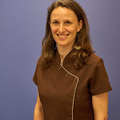
Lucile Delorme
Contact Me
